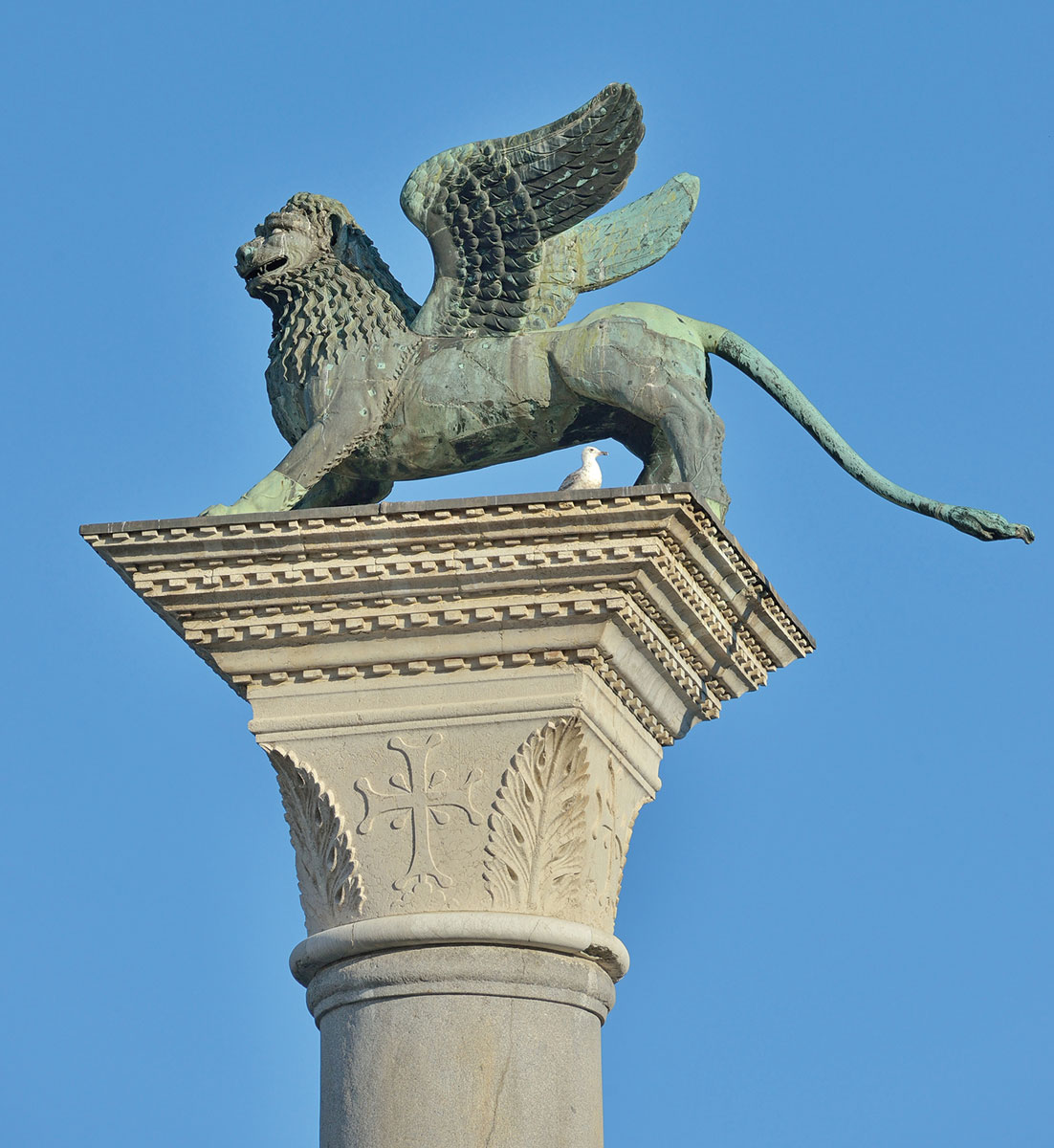Features From the Issue
-
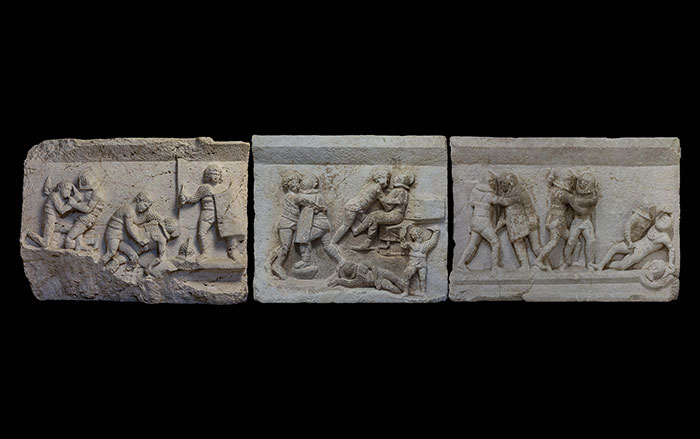 © Tolga İldun
© Tolga İldun -
Features
The Many Faces of the Kingdom of Shu
Thousands of fantastical bronzes are beginning to reveal the secrets of a legendary Chinese dynasty
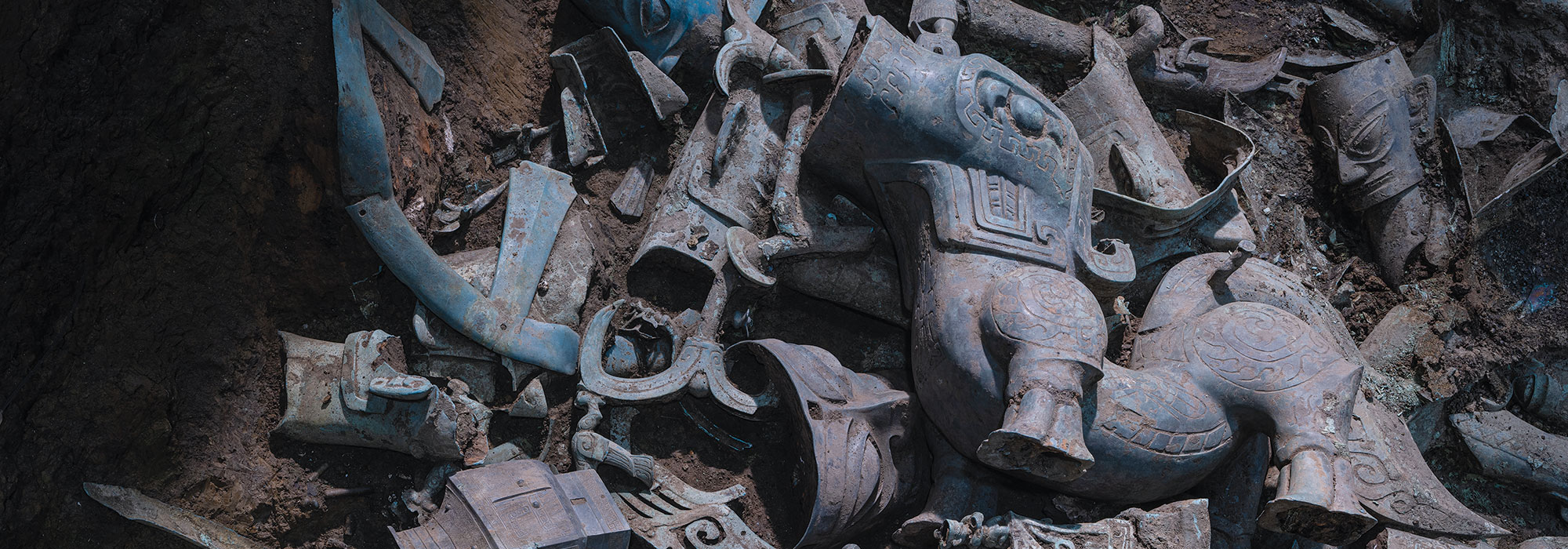 Courtesy Sichuan Provincial Institute of Cultural Relics and Archaeology
Courtesy Sichuan Provincial Institute of Cultural Relics and Archaeology -
Features
Europe’s Lost Bronze Age Civilization
Archaeologists have discovered more than 100 previously unknown megasites north of the Danube
 Courtesy Barry Molloy
Courtesy Barry Molloy -
Features
Chalice of Souls
A Maya jade heirloom embodies an enduring sacred tradition
 Jon G. Fuller, Jr./Alamy
Jon G. Fuller, Jr./Alamy -
Features
Exploring Ancient Persia’s Royal Fire Temple
At a remote lake in the mountains of Iran, archaeologists have identified the most revered Zoroastrian sanctuary
 Bridgeman Images
Bridgeman Images

Digs & Discoveries
-
Digs & Discoveries
Egyptian Crocodile Hunt
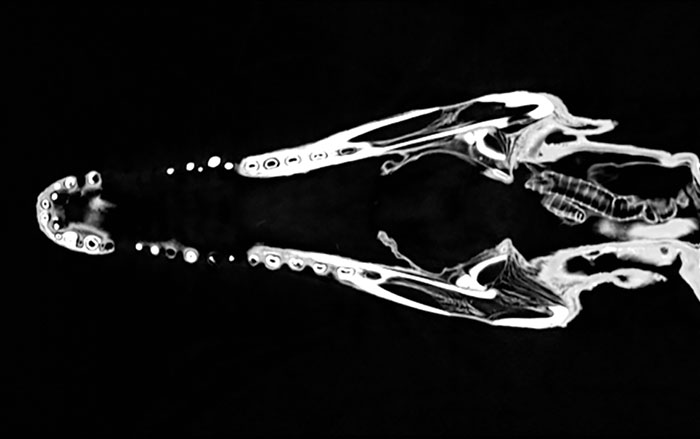 Courtesy the University of Manchester
Courtesy the University of Manchester -
Digs & Discoveries
Monuments to Youth
 Museum of Cultural History, University of Oslo
Museum of Cultural History, University of Oslo -
Digs & Discoveries
Nineteenth-Century Booze Cruise
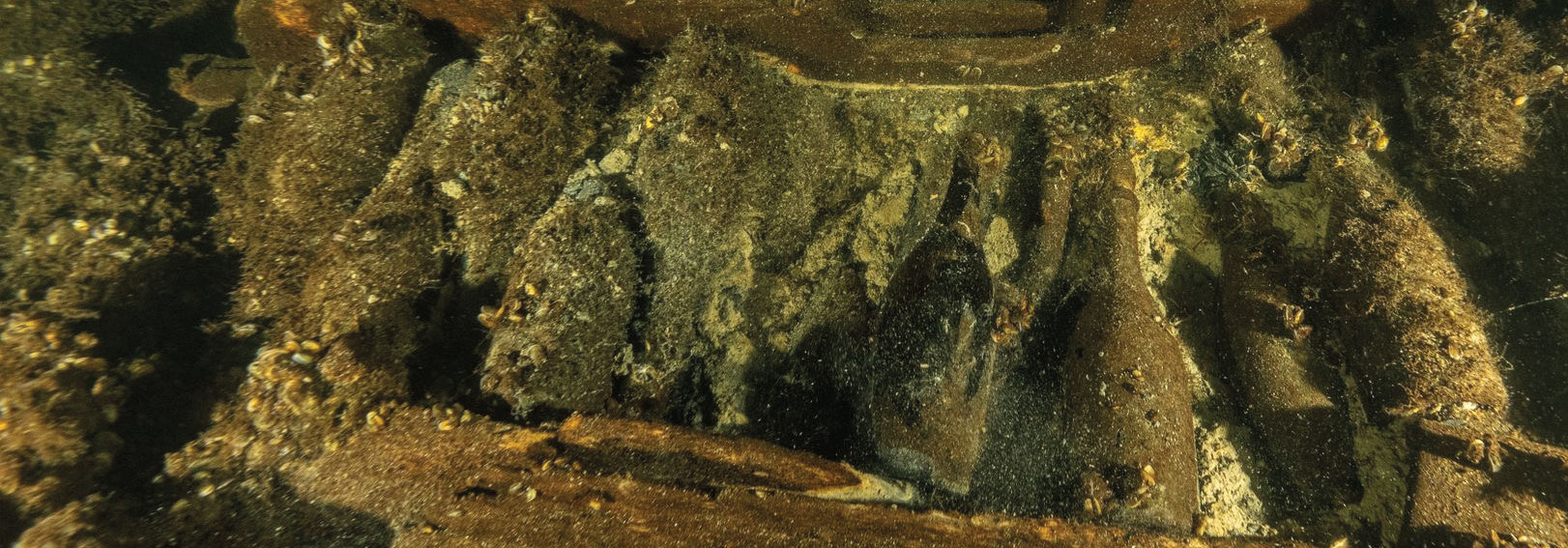 Tomasz Stachura/Baltictech
Tomasz Stachura/Baltictech -
Digs & Discoveries
Imperial Garden Showdown
 Italian Ministry of Culture
Italian Ministry of Culture -
Digs & Discoveries
A Pharaoh's Coffin
 Nick Brundle/AdobeStock
Nick Brundle/AdobeStock -
Digs & Discoveries
Bronze Age Paleontologists
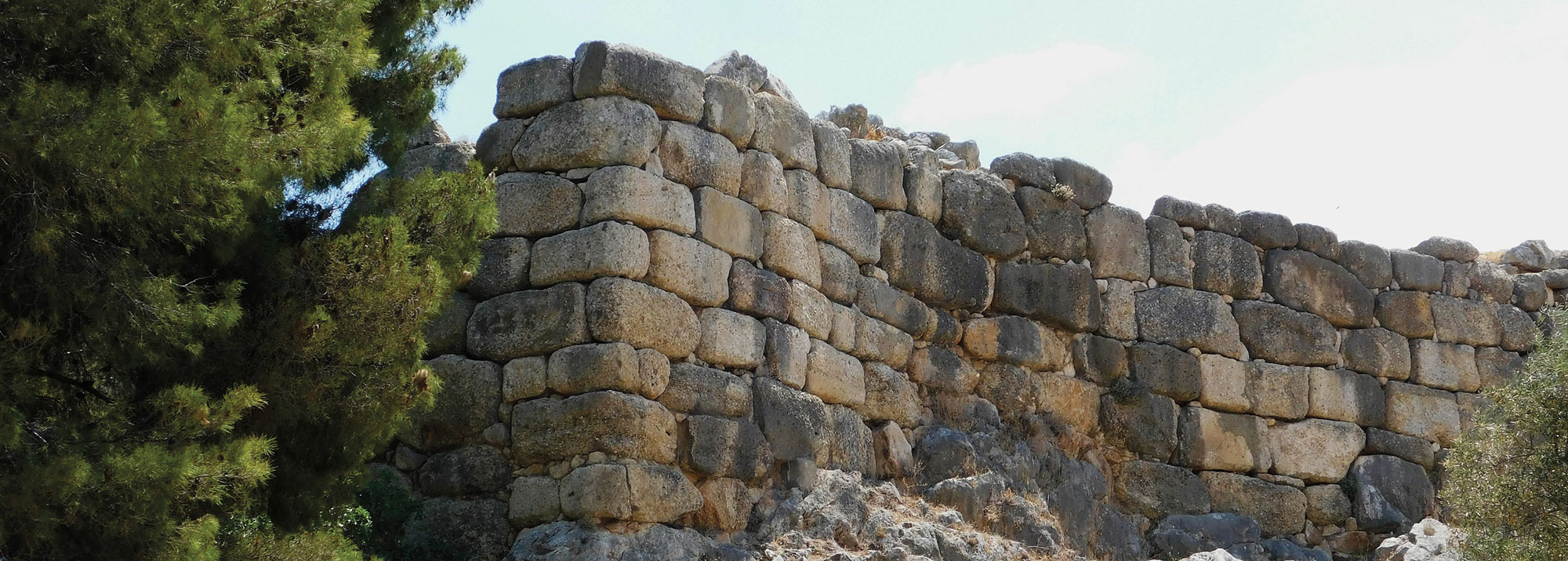 Tauav/AdobeStock
Tauav/AdobeStock -
Digs & Discoveries
Matchbox Memories
 Courtesy Charlotte Williams
Courtesy Charlotte Williams -
Digs & Discoveries
Secrets of a Silver Hoard
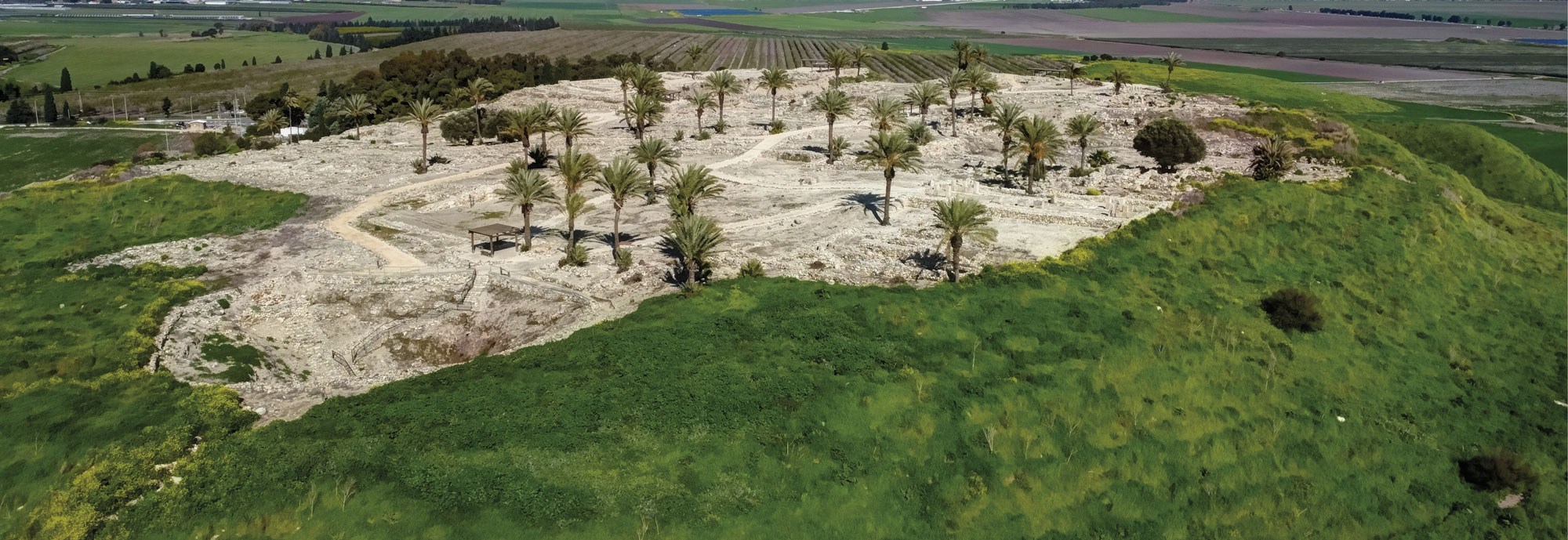 AdobeStock
AdobeStock
Letter from Poland
Letter from Poland
Remembering an Unspeakable Crime
Excavations of a mass grave expose evidence of Nazi-era massacres

Artifact
Artifacts
Greek Terracotta Dolls

Off the Grid
Off the Grid November/December 2024
Selja Island, Norway

Around the World

NAMIBIA
The Namib Sand Sea, home to 350-foot-tall sand dunes, receives so little rainfall that it is almost uninhabitable. Scholars believed it had been this way for millions of years—but this turns out not to be the case. New research at a site called Narabeb identified layers of mud beneath the sand that were deposited by an ancient freshwater lake. Fragments of stone tools found nearby suggest that early humans visited Narabeb occasionally between 200,000 and 20,000 years ago.
Related Content

ITALY
Excavations outside the Archbasilica of St. John Lateran in Rome revealed walls of a papal palace dating to the 9th century a.d. The sprawling complex was founded in the 4th century a.d. after the Roman emperor Constantine converted to Christianity. It was expanded and remodeled over the following centuries. The Lateran palace was the home of the papacy until the 14th century, when it briefly moved to Avignon, France, before relocating to the Vatican, where it remains today.
Related Content
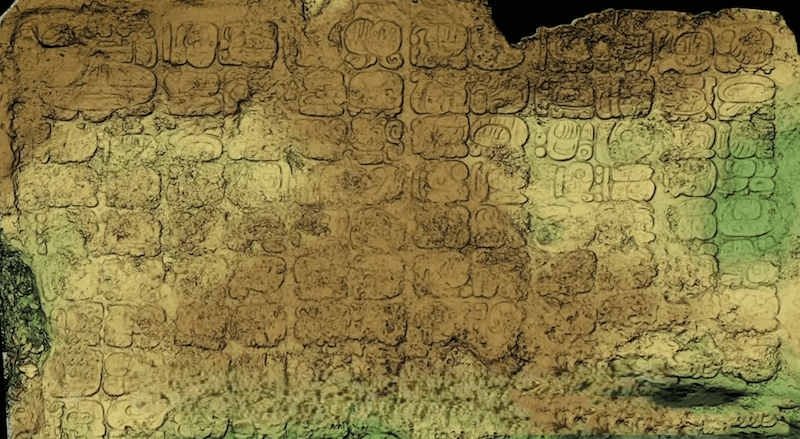
MEXICO
Between a.d. 600 and 1000, the Maya city of Cobá was inhabited by 50,000 people and was home to Nohoch Mul, the second tallest pyramid on the Yucatán Peninsula. Off a causeway connected to the temple, archaeologists recently discovered a panel including 123 Mayan glyphs carved into the rock floor of a sacred pool. These glyphs describe the founding of a town called Keh Witz Nal on May 12, a.d. 569. They also reference a previously unknown Maya ruler named K’awill Ch’ak Chéen.





